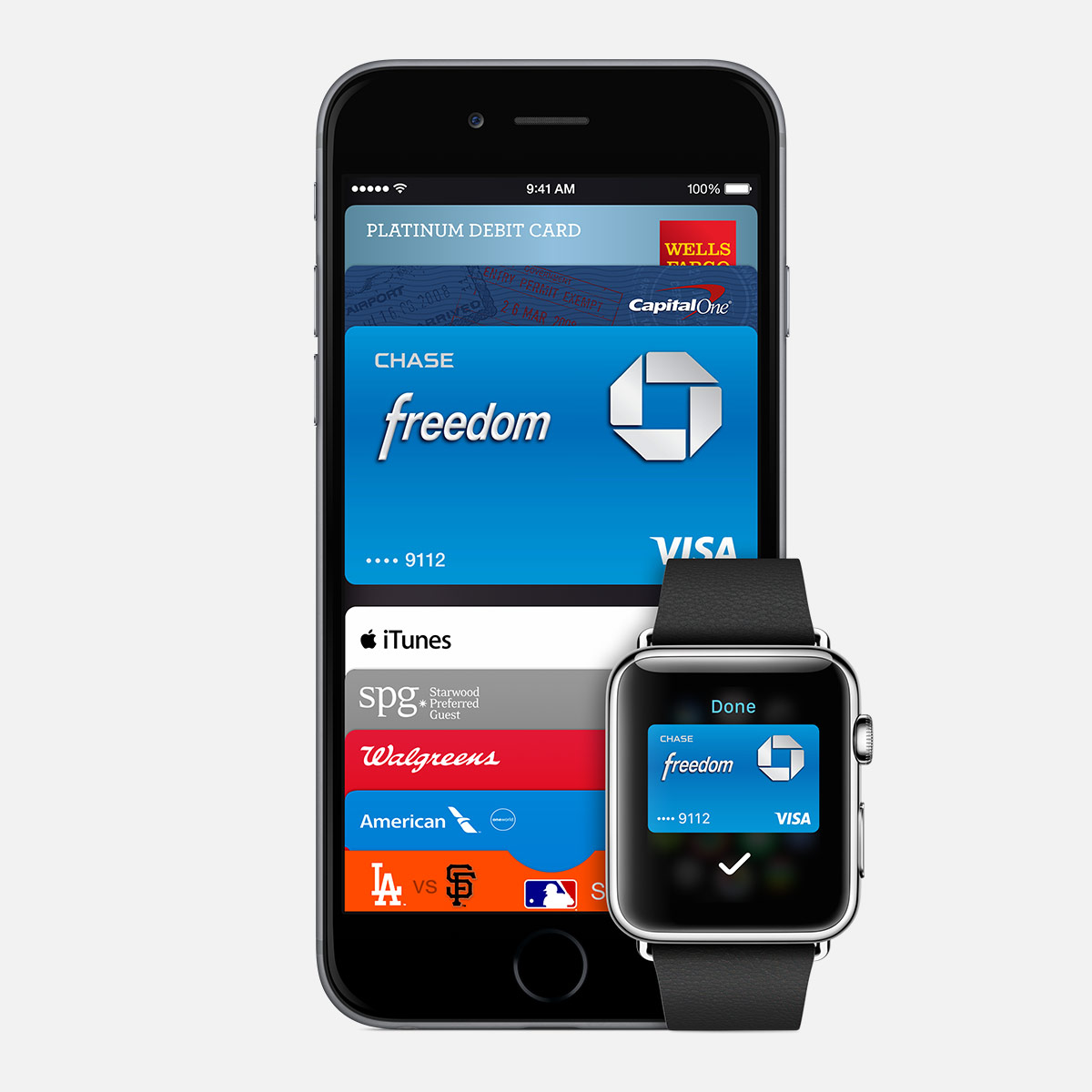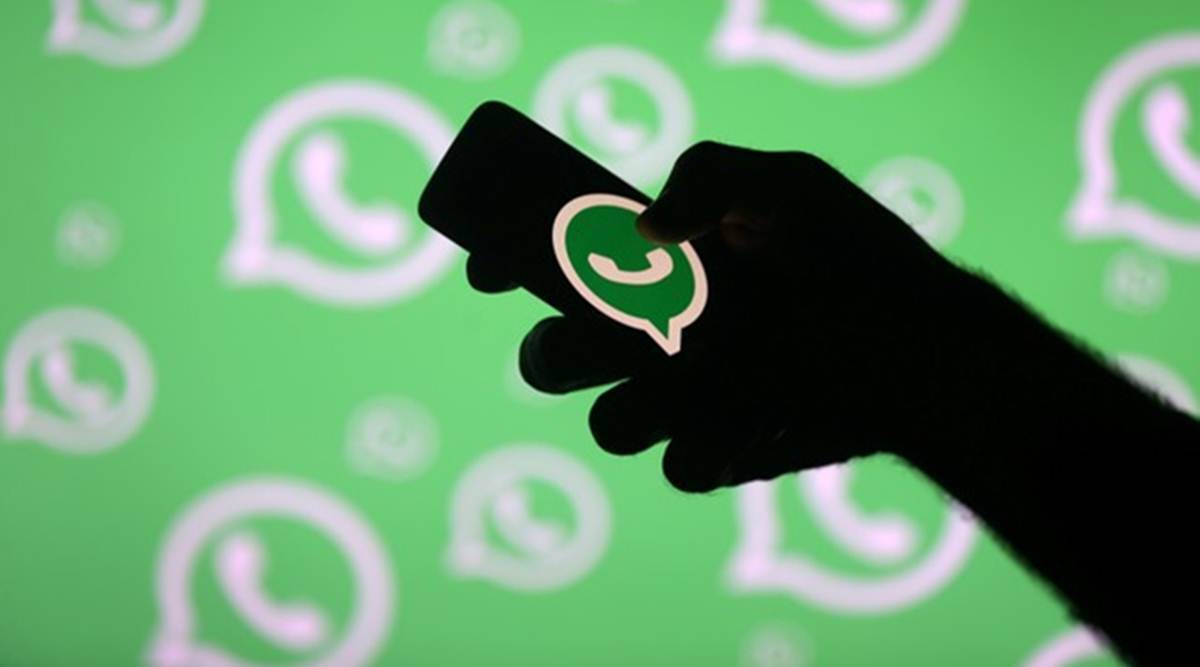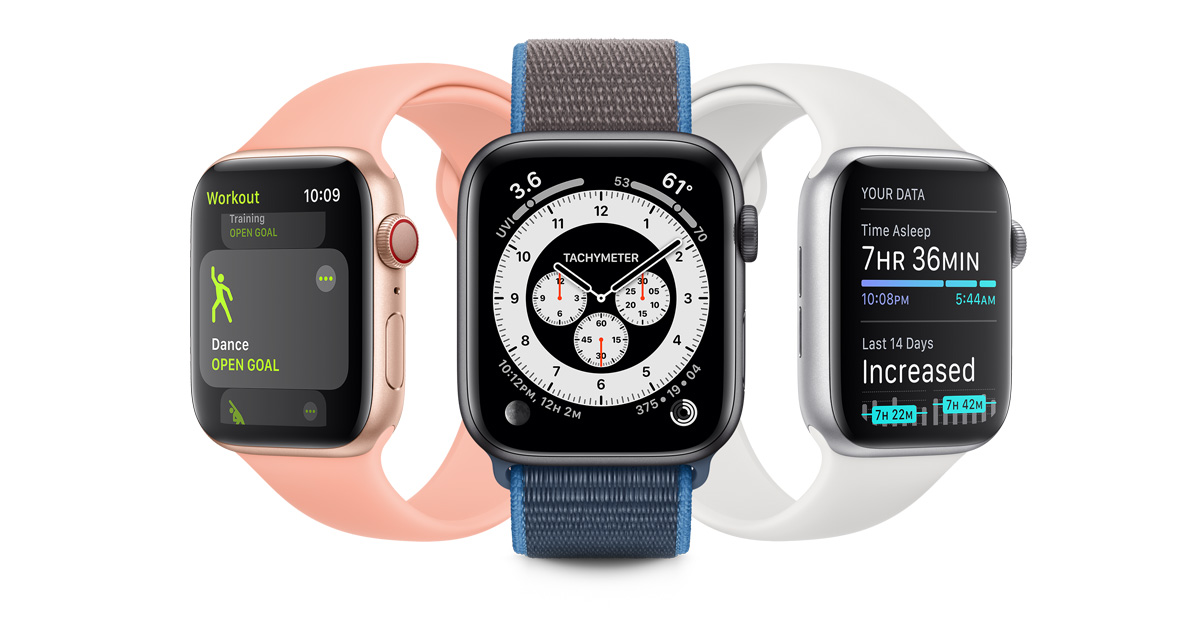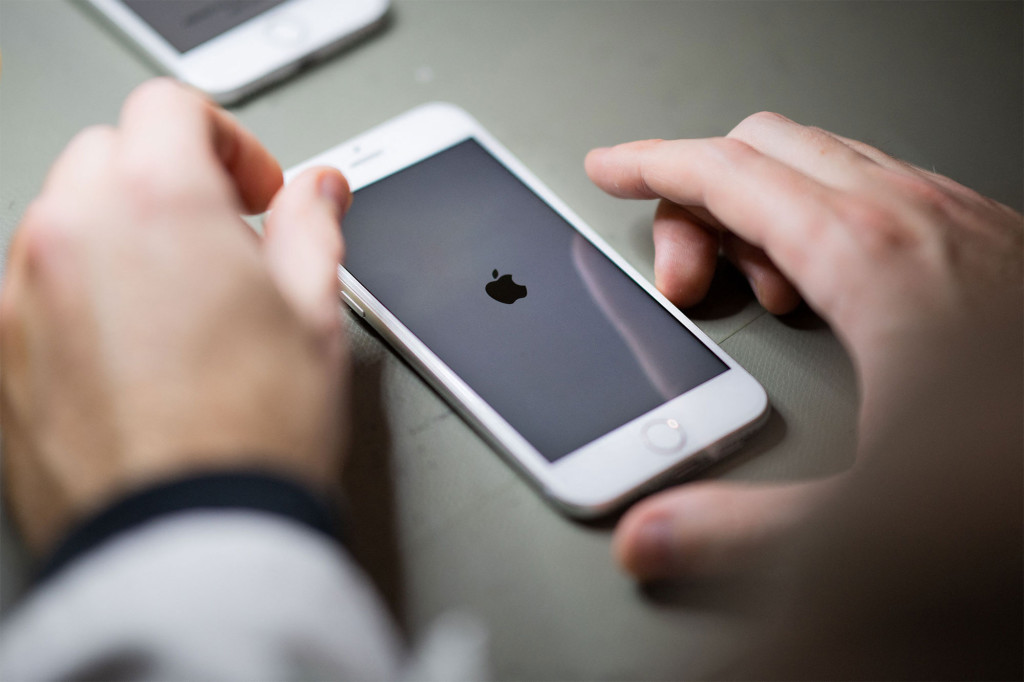iPhone sales are down for the past six months, but this is something that everyone following the company knows. What most don’t realize, however, is that Apple isn’t going to depend on device sales in perpetuity. Of late, they’ve been building a “user ecosystem” that buyers of Apple products can plug into and stay with the company for a long time.
The Peak and the Plateau of Apple Device Sales
Apple CEO Tim Cook recently claimed that Apple has sold a total of more than 1 billion devices worldwide. With seven generations and several variants thereof, the iPhone itself accounted for more than 230 million units as of the full fiscal year 2015.
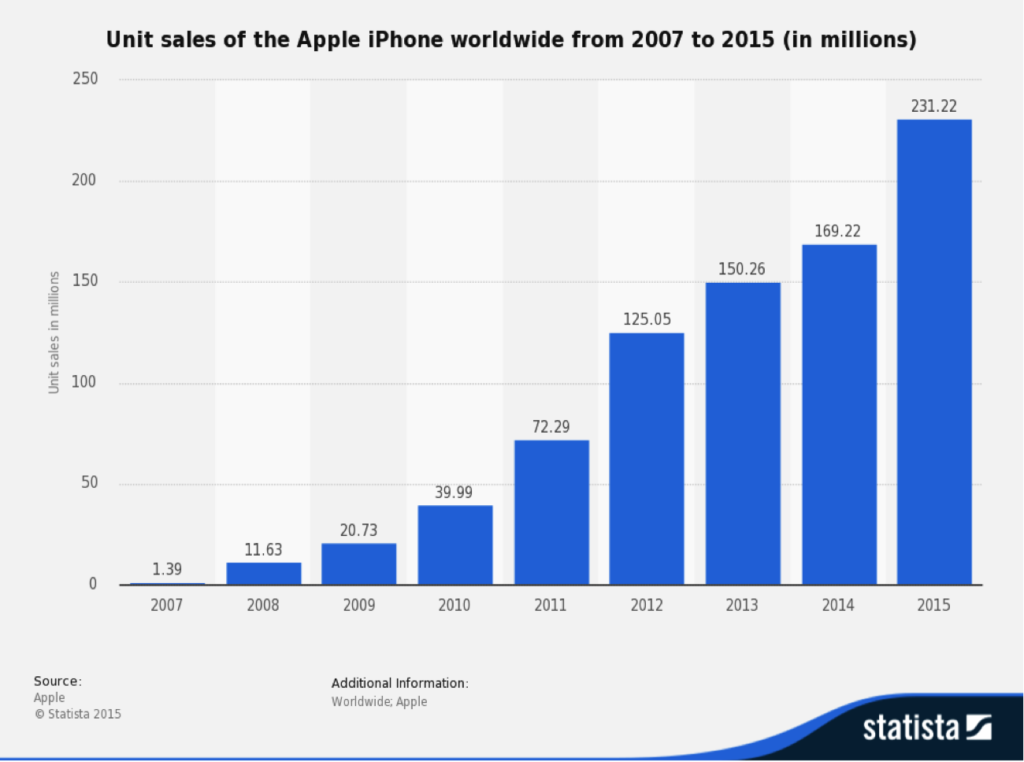
But that trend has been changing this year. There are fewer buyers out there that are “renewing” their iPhones and iPads, and an entire market of billions looking for something cheaper.
And that’s where the iPhone SE figures heavily in Apple’s device revenues. With a more appealing price point, the iPhone SE is doing reasonably well. If you look at the graph below, you’ll see that it mirrors the demographic purchase habits of the typical iPhone buyer.
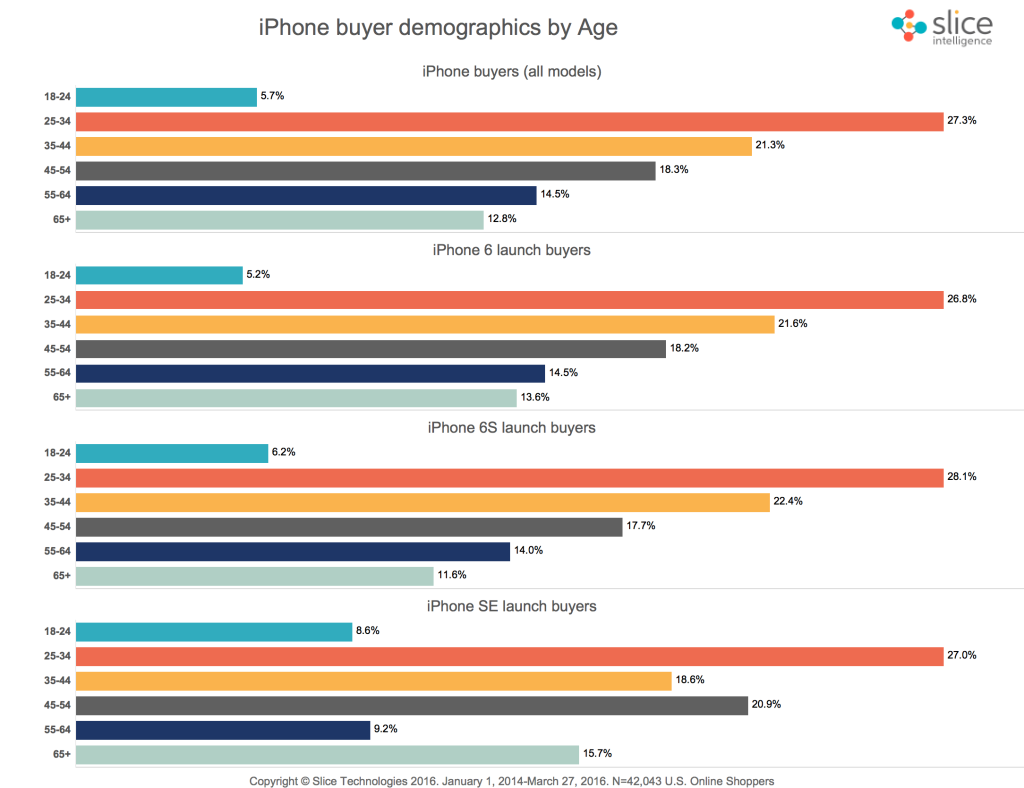
What that means is that in every age group, a proportionate number of iPhone users were actually looking for a cheaper model. That’s potentially a massive new market for Apple, but all the signs point to services rather than devices as the future of Apple Inc.
What Services Do They Currently Have?
You might never have given this any thought, but Apple already has an ecosystem that it is trying to build on for the future. iTunes has been around forever, and so has the Apple App store. Both of these bring in money for the company every year, so much so that as of this past quarter, nearly 15% of their total revenue came from such services.
Other services include Maps, Apple Pay and so on. From that list, Apple Pay seems to be the one their nurturing now to be the next big blockbuster after the iPhone. With a run rate of nearly $25 billion coming in annually from services, this is definitely a segment that Apple followers will want to watch closely over the next few years.
Financially, the company is on solid ground, so there’s no worry that they won’t be able to maintain their “most valuable company” badge for a while yet. The problems with dipping device sales is only six months old, so Apple has plenty of time to shore up its services portfolio and make a real dent in several key markets including the United States.
Will the iPhone 7 Make a Difference?
The much awaited iPhone 7 may not get the kind of reception that Apple is expecting because nobody is really sure how “different” it will be from the iPhone 6 models that are available today. It’s not very likely that the iPhone 7 will “stun” the world the way the first iPhone did back in 2007 when Steve Jobs launched it to high critical acclaim.
The problem right now is that Apple cannot suspend its newer generations of the iPhone, iPad, Apple Watch or any of the other products because they bring in the bulk of revenues. But the moment services start contributing more than 50-60% of total revenues for the company, we might see that shift towards services happening in a major way.
For now, iDevices still rule the roost at Cupertino, CA.
